WATERPROOFING
Waterproofing is the process of making a building or structure resistant to the ingress of water. It involves employing various techniques and materials to prevent water penetration through walls, foundations, or other vulnerable areas. The specific methods utilized for waterproofing can vary depending on the type of construction and the specific requirements of the building. Here are some common approaches to home waterproofing:
External Waterproofing: This method focuses on preventing water from entering the building from outside.
Internal Waterproofing: In this approach, waterproofing measures are applied from the inside the building.
Basement Waterproofing: Basements are particularly susceptible to water damage. Basement waterproofing typically involves a combination of interior and exterior waterproofing techniques.
Roof Waterproofing: Roofs are another critical area where waterproofing is essential. Various materials such as asphalt shingles, metal sheets, or membranes are used to create a waterproof barrier.
Foundation Waterproofing: The foundation is the base of a building and it requires special attention to prevent water damage.
Window and Door Waterproofing: Properly sealed windows and doors are crucial to keep water from entering the building.
WHY IS IT IMPORTANT?
Prevents water damage: Waterproofing helps prevent costly repairs caused by moisture-related issues.
Avoids mold and mildew: Waterproofing helps create a dry environment that deters mold growth.
Protects structural integrity: Waterproofing helps preserve the long-term stability of a structure.
Improves energy efficiency: Waterproofing can also act as an insulating layer, helping to regulate temperatures.
Increases lifespan: Extends the lifespan of building materials and structures.
Protects contents: Protect the contents of a building, such as furniture.
Maintains property value: it maintains a higher property value over time.





Branded Products We Use

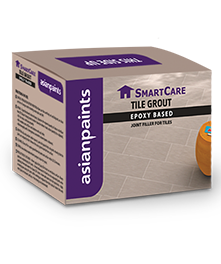
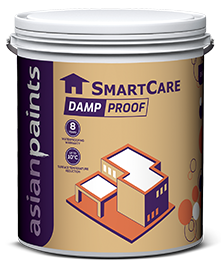
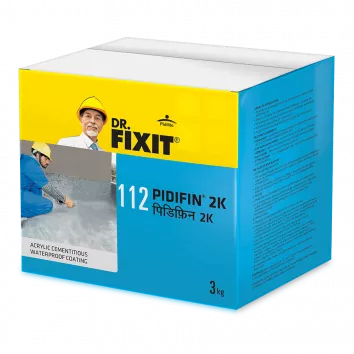
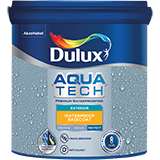


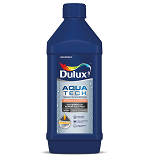
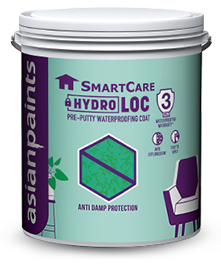

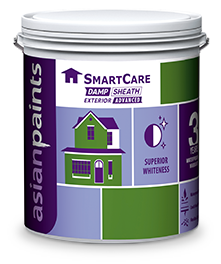
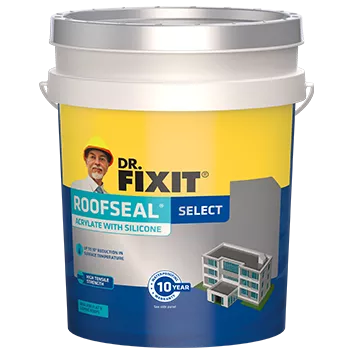
Other Services
Limited Time Offer!
Claim Your Complimentary Visit
Waterproofing is the process of making a structure or surface resistant to the ingress of water. It is crucial to prevent water damage, mold growth, and structural issues in buildings.
Prevents water damage: Water intrusion can cause damage to building materials such as wood, drywall, and concrete. Waterproofing helps prevent costly repairs caused by moisture-related issues.
Avoids mold and mildew: Moisture can lead to the growth of mold and mildew, which not only cause unpleasant odors but also pose health risks. Waterproofing helps create a dry environment that deters mold growth.
Protects structural integrity: Water can undermine the strength of building materials, leading to deterioration and reduced structural integrity. Waterproofing helps preserve the long-term stability of a structure.
Improves energy efficiency: Waterproofing can also act as an insulating layer, helping to regulate temperatures and improve energy efficiency in buildings.
Increases lifespan: Proper waterproofing extends the lifespan of building materials and structures, saving money on maintenance and replacement costs.
Protects contents: Waterproofing is essential to protect the contents of a building, such as furniture, electronics, and valuable items, from water damage.
Maintains property value: A waterproofed structure is less prone to deterioration, and as a result, it maintains a higher property value over time.
Signs may include water stains, mold growth, musty odors, dampness, or visible cracks in walls. If you notice any of these signs, it’s advisable to consult a waterproofing professional. We Provide free of cost Consultation.
The timeframe for completing the waterproofing process for a home is variable and depends on several factors, including property size, the extent of required waterproofing, and the specific techniques and materials employed. Generally, the process can span from a few days to several weeks. The initial phase involves a comprehensive property inspection to pinpoint areas needing attention, guiding the determination of work scope and required waterproofing methods. Following the assessment, the actual waterproofing work commences.
The process typically initiates with surface preparation, which may include cleaning and repairing existing damage like cracks or leaks. Subsequently, a waterproofing membrane or coating is applied to designated areas, such as basements, foundations, roofs, or external walls. This protective layer serves as a barrier, preventing water penetration. In certain instances, supplementary steps may be necessary, such as installing drainage systems, pumps, or applying sealants to joints and connections. These additional measures can contribute to the overall duration of the waterproofing process.
Yes, waterproofing can be applied to existing structures. In fact, it’s often necessary to address water-related issues that may have developed over time.








